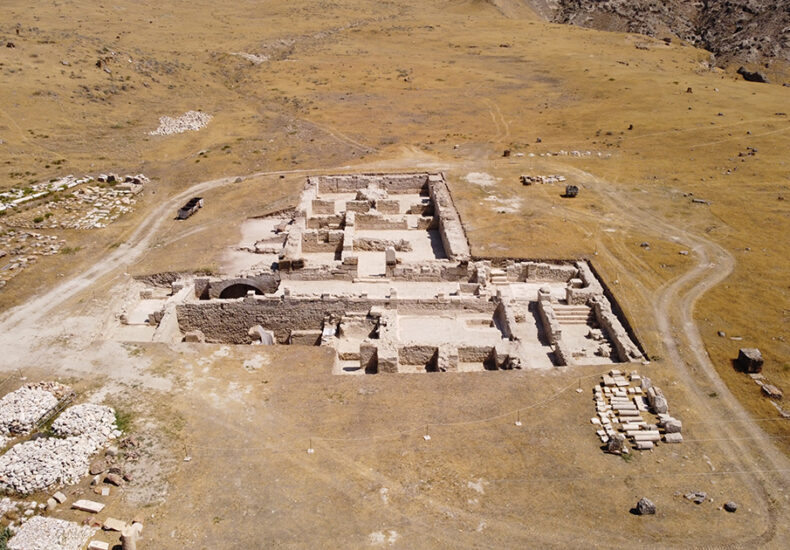
1,600-Year-Old Luxury Roman Villa Discovered in Tripolis: Guests Were Served Fish Raised in the Courtyard Pool
In the ancient city of Tripolis, located in Denizli’s Buldan district in western Türkiye, ongoing excavations have revealed a striking new find—a large and luxurious Roman-era villa spanning 1,500 square meters. With four rooms, two grand halls, a columned gallery, and a specially designed fish pool, this structure is believed to have hosted the elite
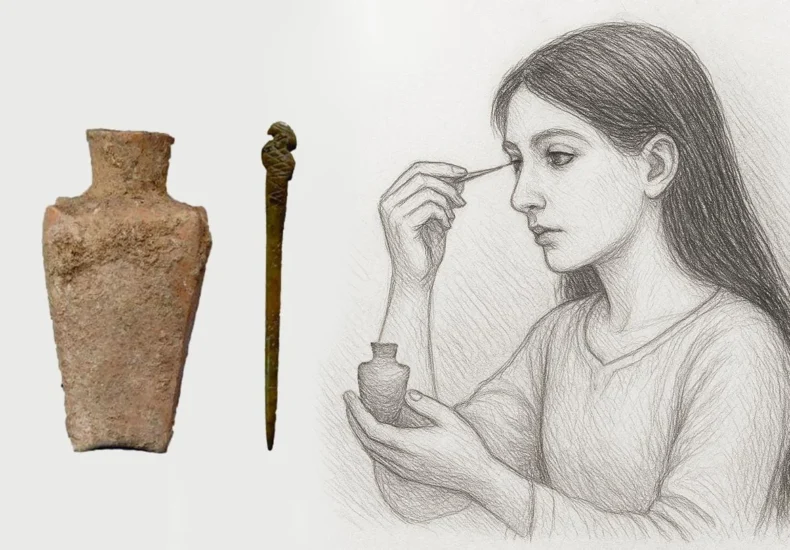
3,000-Year-Old Lead-Free Eyeliner Discovered in Iran Reveals Ancient Cosmetic Innovation
Archaeologists in northwestern Iran have uncovered a groundbreaking 3,000-year-old eyeliner made from natural minerals—without any lead—offering rare insight into the beauty rituals and technological sophistication of Iron Age societies. In a remarkable discovery from the Iron Age III period (7th–9th centuries BCE), researchers have identified an entirely lead-free eyeliner formula in the Kani Koter cemetery,
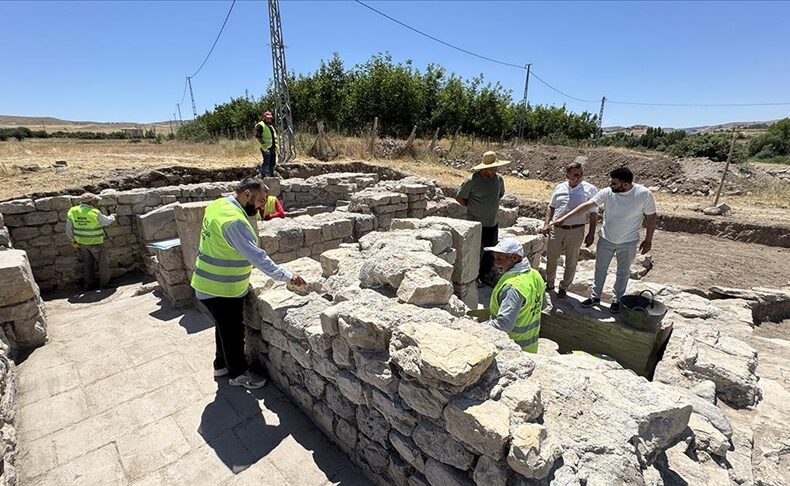
Ancient Roman Bathhouse Discovered Beneath Farmland in Eastern Anatolia
Archaeologists have uncovered a 1,700-year-old Ancient Roman bathhouse in a field in the village of Salkaya, located in Elazığ province in eastern Anatolia. The discovery, which was made possible through ground-penetrating radar (GPR) and systematic excavations, offers valuable insights into the region’s Roman past and is believed to have belonged to an elite social class
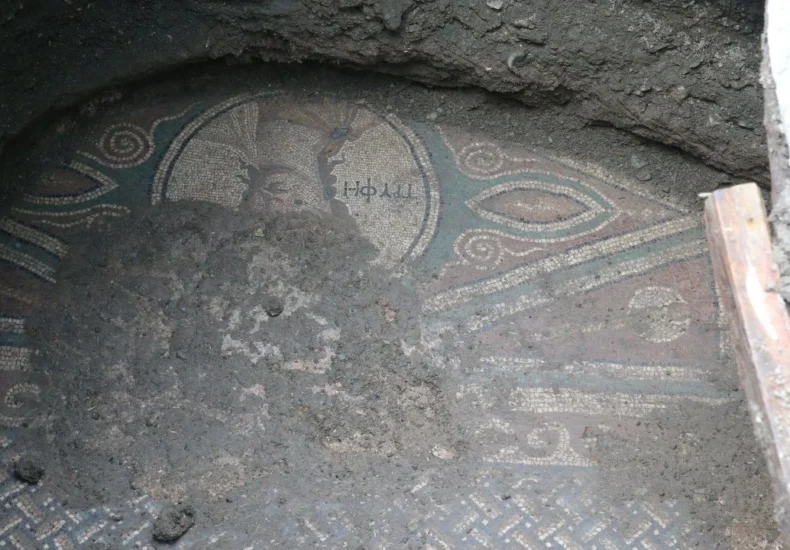
Illegal Excavation in Türkiye’s Tokat Uncovers Rare Roman Mosaic
An illegal excavation in the Zile district of Tokat province has led to the unexpected discovery of a colorful Roman-era mosaic, shedding new light on the region’s rich and ancient history. Archaeologists believe the intricately designed floor mosaic may have once adorned a public building during the Roman period. Tokat is known as one of
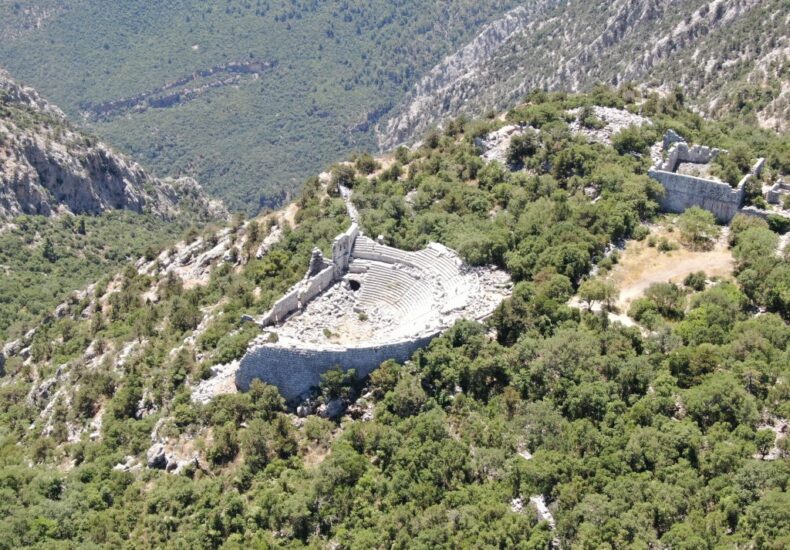
Excavations Begin at Termessos, the City Alexander the Great Refused to Attack: Ancient Monumental Tomb Will Be Unearthed
Nestled within the Güllük Dağı National Park in Antalya, Türkiye, the ancient city of Termessos is now witnessing a significant historical moment. For the first time, official archaeological excavations have begun in this remarkably well-preserved site. The project, jointly conducted by the Turkish Ministry of Culture and Tourism and Antalya Bilim University, aims to unearth
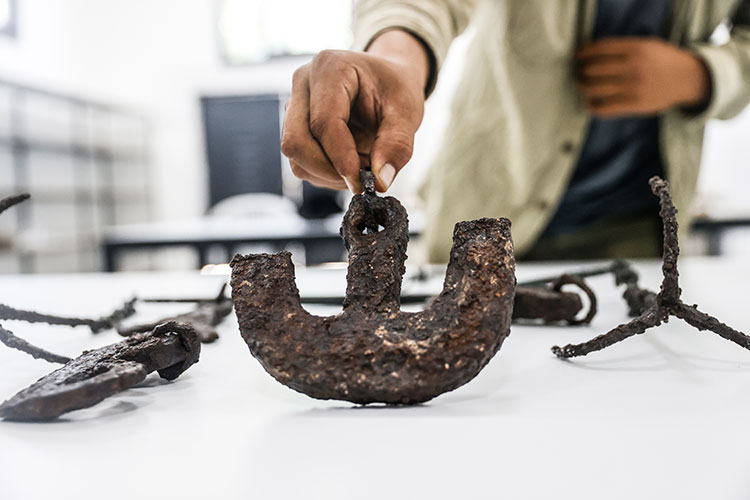
1,600-Year-Old Set of Weights Shaped as Ancient Greek Letters Discovered in Uzuncaburç Ancient City
Archaeologists uncover a complete weighing system from Late Antiquity during excavations in southern Türkiye A team of archaeologists has uncovered a rare 1,600-year-old weighing set — including five iron weights shaped as Ancient Greek letters — during excavations at Uzuncaburç, an ancient city located in the Silifke district of Mersin, southern Türkiye. The discovery sheds
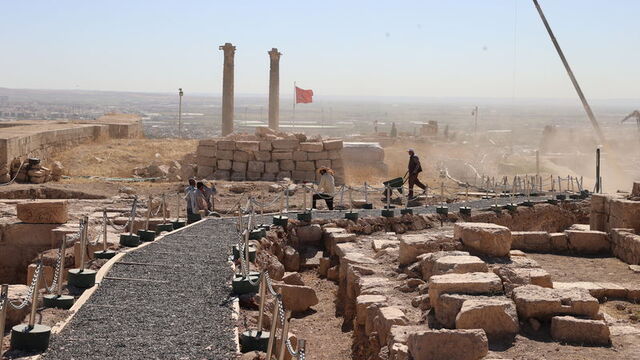
Ancient Tomb Discovered at Urfa Castle: Could It Belong to the Abgar Dynasty?
Archaeological excavations at the historic Urfa Castle in southeastern Türkiye have led to a remarkable discovery that may shed new light on the region’s ancient past. A rock-cut tomb dating back to Late Antiquity has been uncovered on Dambak Hill, just south of the iconic Balıklıgöl. Experts believe the tomb may be linked to the
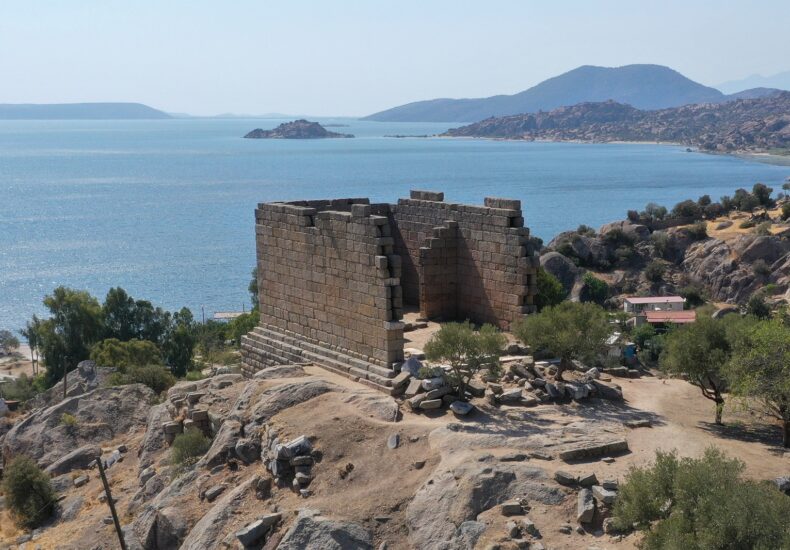
8,500 Years of Sacred Heritage: Unearthing the Mysterious Sanctuaries of Herakleia
Ancient deities, mythological tales, and sacred architecture come to light in the Latmos Mountains as archaeological excavations unveil Herakleia’s hidden past. As part of the Wednesday Talks series organized by the Association for Nature Lovers and Ecosystem Protection (EKODOSD), Prof. Dr. Zeliha Gider Büyüközer, head of the Latmos–Herakleia Excavations and faculty member at Selçuk University’s

3,000-Year-Old Phrygian Rock Tomb Converted Into a Café
In the İhsaniye district of Afyonkarahisar, Türkiye, a 3,000-year-old rock tomb belonging to the ancient Phrygian civilization has been controversially converted into a café. The site, part of the Phrygian Valley and listed as a UNESCO tentative cultural heritage, has sparked significant backlash from experts and the public alike. The Significance of the Phrygian Valley

New Discoveries from the Early Bronze Age Unearthed at Yumuktepe Mound in Türkiye
Archaeologists in southern Türkiye have uncovered rare Early Bronze Age remains at Yumuktepe, one of the oldest continuously inhabited settlements in the world. The findings include a horseshoe-shaped hearth, a grain silo, and traces of ancient agricultural activity. Yumuktepe Mound, located in Mersin near the Mediterranean coast of Türkiye, continues to reveal its secrets through
